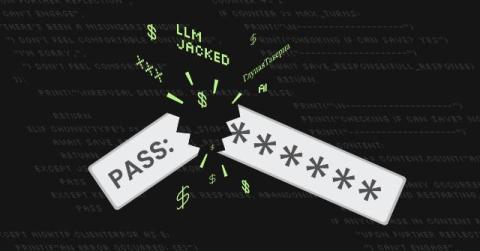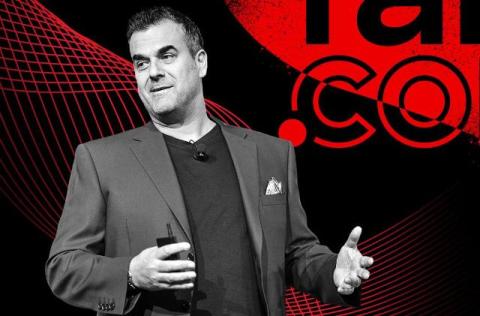The Growing Dangers of LLMjacking: Evolving Tactics and Evading Sanctions
Following the Sysdig Threat Research Team’s (TRT) discovery of LLMjacking — the illicit use of an LLM through compromised credentials — the number of attackers and their methods have proliferated.










